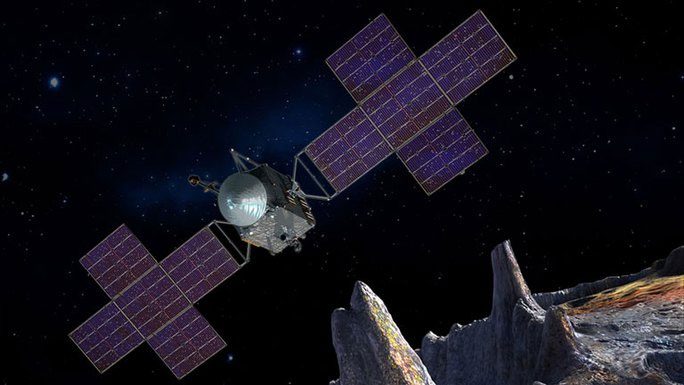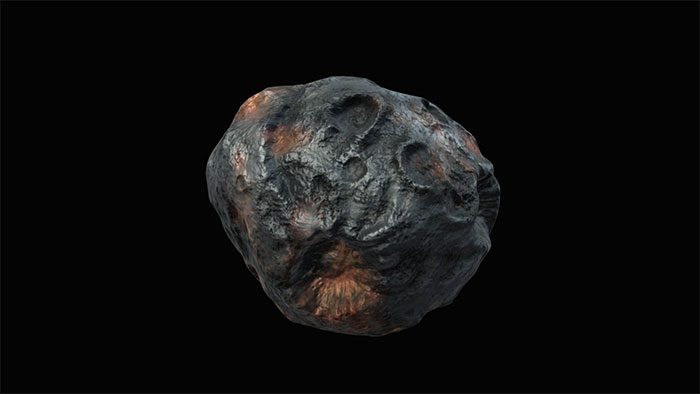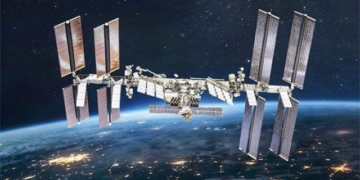According to SciTech Daily, NASA’s Psyche mission officially launched in 2022 and is expected to reach the mysterious asteroid by late 2025 to early 2026. This will be the first metal-rich asteroid that humanity has ever studied directly.

The Psyche spacecraft prepares for launch – (Photo: NASA)
The mission will be led by Arizona State University, managed by NASA’s Jet Propulsion Laboratory (JPL-Caltech). The key “warrior” is a large spacecraft powered by solar energy, with its chassis manufactured at Maxa Technologies in Palo Alto, California, USA.
Psyche, officially known as 16 Psyche, is one of the asteroids orbiting between Mars and Jupiter, with remote measurements indicating it is particularly rich in metals.
Some research suggests it is a massive chunk of gold and platinum, while other studies indicate it may simply be… a lump of iron and nickel.
Later, NASA leaned towards the iron-nickel hypothesis, despite previously estimating it to be a treasure trove worth over $10 trillion. Regardless of its true nature, NASA remains highly interested in conquering Psyche.
The crux lies in a study published in 2021 by Caltech (California Institute of Technology), which collaborates with JPL, suggesting that Psyche could be the lost “ninth planet” of the Solar System.

Current image of Psyche.
It never fully formed, and Psyche is likely the metallic core of a planet that remained after a series of unfortunate planetary evolution processes, possibly due to a violent collision with another planet while it was still very young.
If this is true, Psyche will provide invaluable data about the “dawn” of the Solar System and could shed light on how Earth and other planets were formed.
According to NASA, the Psyche spacecraft will fly to Mars’ orbit and use the planet’s gravitational pull as a gravity assist to propel itself toward Psyche. The spacecraft is expected to perform four concentric orbits around the asteroid to collect data.
The spacecraft will be equipped with several cameras, a gamma-ray neutron spectrometer to measure the surface elemental composition of Psyche, and a magnetometer to detect any residual magnetic fields—evidence that could prove it was once a planet, or even a large planet.
The Halifax propulsion technology, which is five times more efficient than conventional rockets, will propel the Psyche spacecraft into space, and it will continue to operate using a solar panel array consisting of five foldable panels.





















































